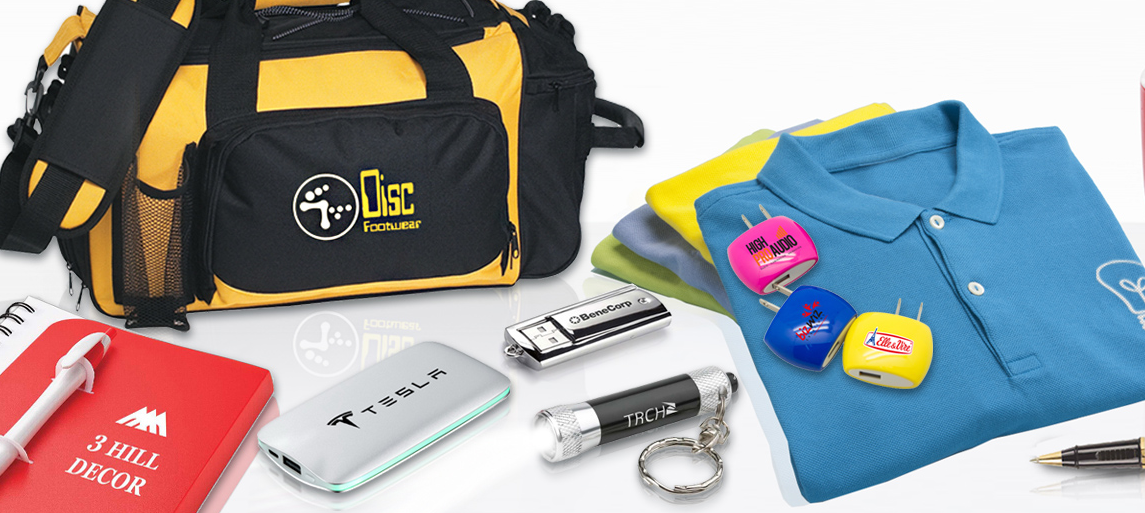What is behind the logo and brand of a company?
What is the difference?
When talking about corporate identity, you must understand the terms brand and logo. Due to the part they play in marketing, they are frequently used interchangeably, yet they also differ significantly.

LOGO
To begin, let's define what a logo is. As you might have imagined, a logo identifies a business, a brand, or a line of goods.
A traditional logo has both written and graphic components. It's an essential part of how a brand is portrayed. You won't miss viewing logos if you visit websites and social media profiles, or if you look at product packaging.
A logo can be thought of as the public face of a business. It is essential to brand and consumer engagement.
Components of a Logo
We must delve further and examine a logo's constituent parts if we want to comprehend it better. That is what a quality logo ought to contain.
A brand mark is the first thing you will notice. You will see a red cross or a hospital sign, for example, if the business is in the medical industry. Alternatively, if the business deals with electricity, a lightning bolt could stand in for it.
There is a brand after that. The brand name is placed before the visual component and the mark. This could refer to a firm or a product. It may be incorporated entirely into the logo or as a component of the mark.
The slogan is yet another vital component. These are a few words that may be used in a brief sentence to support the logo with additional information. This information will clarify the logo if the consumer has any questions.
Therefore, the finest logo elements are the brand mark, name, and slogan. Even if these are not prerequisites for designing the ideal logo, the majority of businesses discover alternative ways to combine them for effective branding.
BRAND
How does a business portray itself to its target market? What do consumers view when they browse their website, messaging, and graphic components?
A brand is defined by the responses to these questions. It is, in essence, how a business displays itself. And for this reason, a business will spend a lot of money developing and maintaining its brand.
A brand is a moniker that a business gives itself in the eyes of customers. It comes with confidence, dependability, and providing distinctive goods or services to stand out from the competition.
What makes a brand?
Like the aforementioned logo, the brand has a number of different elements. The first is brand identity, which encapsulates a business's operations. In order to provide the groundwork for the other parts, brand definition is frequently developed first.
The second is brand identity. The company is most well-known in this particular area of specialization in terms of how it sees itself and how its clients view it. Basically, that is how people describe the business.
Thirdly, a brand has a culture associated with it. This clarifies how the business communicates its beliefs and mission to clients. A business can develop, preserve, and share a strong culture by drawing on the knowledge it has gained from its clientele, associates, and workers.
An other important component is brand positioning. This is how the business differentiates itself from competing brands in the same industry.
Comparative Strengths of Brand and Logo
Both the logo and the brand are crucial elements in branding. As a result, they share a number of characteristics. These consist of:
- Scope. A logo's breadth is limited because it only represents one component of a brand. In contrast, brand has a considerably greater scope.
- Design. Several logo components, such as color and typeface, must be used while creating a brand identity.
- Application. The main purpose of a logo is to permanently imprint a memorable visual aspect of the business on people's minds. As a result, it's crucial to choose colors and other design aspects that the audience can identify to. A brand uses several platforms to communicate a story. They collectively provide the largest marketing function.
- Branding. Companies produce a variety of design and marketing materials to differentiate themselves from rival businesses. Such endeavors must incorporate a logo and a brand.
That is the finest explanation of a brand and a logo. You can now design a strong logo and brand for your business.










